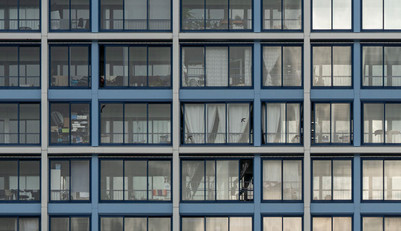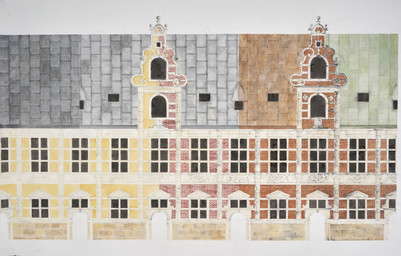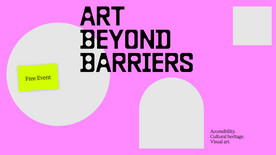
Research Statement
Rarely in the history of architecture has so many grave existential issues been brought to bear on those who build. Seldom has such a heavy burden of responsibility been placed on the shoulders of architects.
The building industry must reinvent itself in the face of global warming, cities and landscapes must be protected from ubiquitous disasters, social segregation has to stop, virgin material expenditure must be reduced, rights and equities should be redistributed—across the globe no less than in local neighborhoods.
The cities and neighborhoods we plan, the houses we build to live and to work in, the land we develop, the industries we imagine, for ourselves and generations to come — there is no denying that the architectural contribution to the political challenges of our time are life determining. Architects might have been used to playing a minor role in politics, but that too will likely have to change.
So we may assume that architecture has entered into a political era. Architecture has become political – and yet it has still to become political. For we have yet to understand what a political architecture is capable of and how, as an architect, one may operate politically.
The task is certainly not as well-known as common assumptions would have it. While there is not merely one way to act or one understanding of how-to, political awareness and craftmanship remains poorly developed among architects and scholars alike, and it is sadly underprioritized.
This research cluster studies political strategies for architecture. We seek to create a better understanding of how particular projects, past and present, have acted politically, how others have intended to, but either failed or engendered unforeseen political outcomes in spite of intentions. On a general level, we aim to raise a critique of what we see as deeply ingrained architectural presumptions, conceptual and practical, which at present prevent a politically inquisitive and probing architecture.
Presently and hypothetically, the project distinguishes between political architecture and moral architecture. The responsibility that weighs heavily on today’s architects may be assumed morally and/or politically, but there is a difference.
Existential threats usually feel safer to confront with sound moral principles than with troubled politics; few things, after all, comfort such as knowing one did the right thing. A political response is by contrast pragmatic as well as ideological. However certain one might feel in a problematic situation, in politics one never quite knows exactly what good an act is able to accomplish. To act out of political conviction is to step out strategically in a complex mesh of interconnected agencies and imperfectly reconcilable interests. One negotiates.
Political architecture should perhaps be understood also as a verb. Building – the act – is conditioned by innumerable circumstances and it acts back on equally innumerable things, to their benefit and to their detriment. But although building takes place in a complexity of interrelated agencies that change and transform over time, it does not act in chaos, and political processes are not contingent. These are crafted and negotiated, the resulting formation is estimable but not predictive.
Architects will benefit from knowing better how to take part and engage with political agency. The research community, likewise, has still to learn from architecture what it can, could and perhaps should choose to do.















